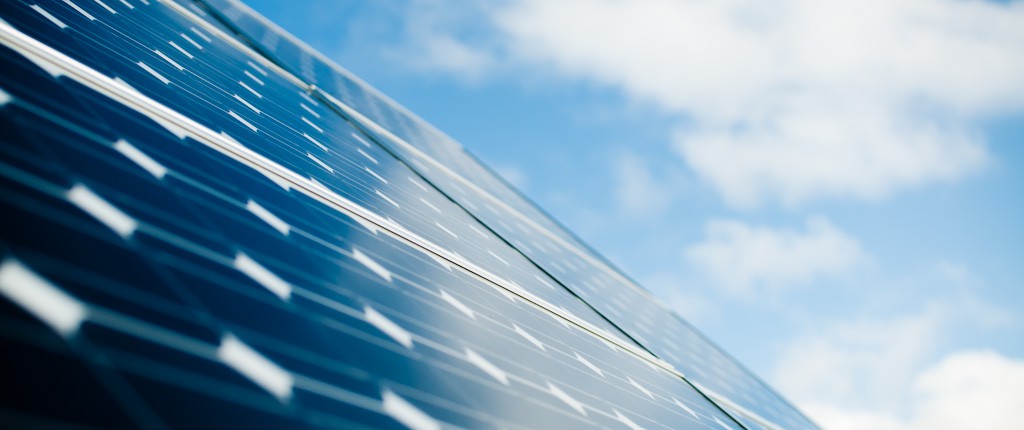How big should the roof be to make rooftop solar economical?
The bigger the size of the roof, the better the project’s economics would be. The ideal roof is above 5,000 square meters, which would host a system around 500 kW in capacity, and is likely to attract financier to invest. If the company is willing to self-invest, then the roof can be much smaller.
How does a rooftop solar PV system connect to the grid?
There are two main ways for grid connection.
In one method, usually referred to as low-voltage connection, power generated from the PV system (380V AC current) would go from the inverter to the consumer-end of the transformer. The electricity will go to the consumer when it needs it, or be sent back to the grid via the transformer.
The other method, referred to as high-voltage connection, uses an extra transformer. The transformer first transforms the 380V AC current from the inverter of the PV system to 10kV or 35kV, then directs the current to the grid-end of the existing transformer. When the consumer demands power, electricity from the PV system would be transformed to low voltage via the existing transformer; otherwise the extra electricity would be sent directly back to the grid.
The grid company and the actual electricity demand would determine connection method. But in general, systems smaller than 1MW would normally use low-voltage connection as it is cheaper and more convenient to install.
In either method, solar PV system engineers would install a meter by the inverter to measure electricity generation and calculate subsidies. They would also install another meter at the consumer-end of the transformer, which would measure solar power consumption, its variation and client’s revenue from it.
What would happen when the PV system is not functioning properly?
During installation, the solar company will install a remote monitoring and control system for the solar panels. Whenever there is a problem with the PV system, staff from the solar company monitoring the system would immediately notice and try to fix the issue. The PV system is always connected to the grid. So even if the system is completely not functioning, the grid would continue to provide electricity just as it was before the PV system is installed.
Grid companies stipulates that a main breaker with low voltage release needs to be installed, the inverter also has the anti-islanding effect to ensure the security of the technicians.
How does third party financing for rooftop solar work?
The prevailing third-party financing option for rooftop solar project is called Power Purchase Agreement (PPA). In a PPA, building owners commit to purchase power generated from the PV system for a set time period (normally 20-25 years) at a pre-determined rate that is 10% or so cheaper than the grid electricity price. In return, the financiers pay, install and maintain the PV system without building owners paying any cost.
PPA is slight different from the traditional Energy Performance Contracting (EPC). EPC clients share the results of efficiency retrofits to pay for the projects. PPA clients, on the other hand, do not share anything they have gained (cost reduction). They simply pay less for the same amount of energy, and they are guaranteed for the savings even before projects start.

